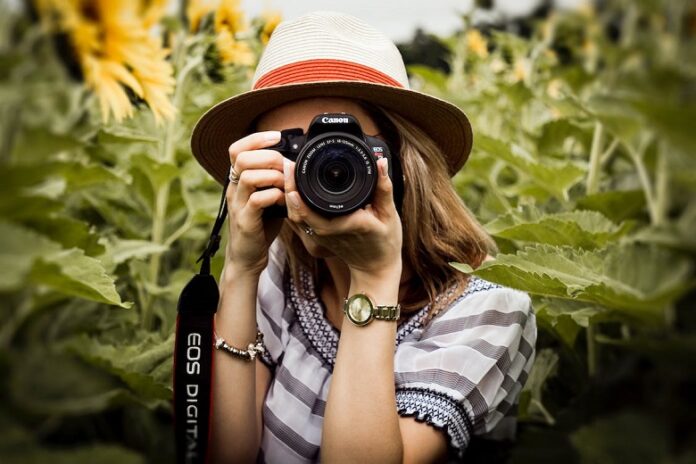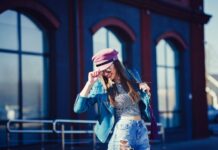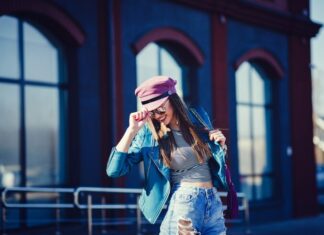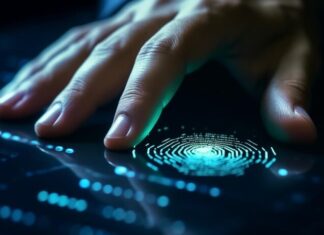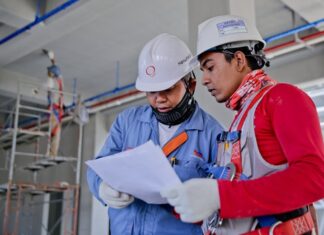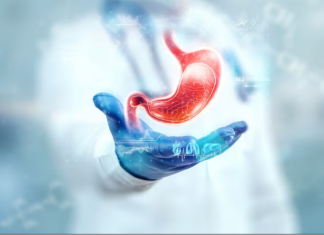The digital age continues to advance and accelerate, with artificial intelligence (AI) marking its prominence across diverse fields. One such field witnessing this transformative wave is photography. Gone are the days when AI was a distant concept restricted to research laboratories and technology behemoths; it has now permeated everyday life, revolutionizing the camera technology on smartphones and professional equipment into smart decision-making tools.
This article explores the ten ways AI redefines the photography industry, molds its future, and changes how images are captured, understood, and interacted with.
AI and Photography Explained
Table of Contents
Fundamentally, artificial intelligence is a technological innovation enabling machines to simulate human intelligence. When applied to photography, AI involves machine learning algorithms carrying out tasks like object identification, image quality enhancement, and even optimal camera setting suggestions. The most significant advantage of integrating AI in photography is its incredible processing speed of massive amounts of data, facilitating real-time enhancements and modifications that substantially augment photographic results.
How Artificial Intelligence is Shaping Photography
-
The emergence of AI-Integrated Cameras
Present-day smartphones and digital cameras employ AI to adjust settings based on the photographed scene. These adjustments range from aperture and ISO to shutter speed and focus, all happening within a fraction of a second. Cameras equipped with AI are enabling inexperienced users to become proficient photographers by automating intricate decision-making processes.
-
AI’s Influence on Premium Stock Photos
AI’s impact extends beyond personal photography to include stock photos. Online platforms offering premium stock photos utilize AI for image categorization, tagging, and optimization. AI algorithms scrutinize each image, recognize its content, and automatically generate tags. This process makes searching for the ideal image significantly more streamlined. For instance, a search for “sunset over mountains” prompts the AI algorithms to comb through the database to find the best matching images. This enhances user experience and contributes to image quality control, maintaining the high standards of premium stock photos.
-
Image Editing Powered by AI
AI has radically simplified the post-production efforts needed to create a breathtaking photograph. Photo editing demands significant skill and time, often with photographers spending hours perfecting an image. But with AI, numerous labor-intensive tasks are automated. AI can automatically enhance an image, tweak lighting, eliminate blemishes, or even alter a daylight photo to look like it was captured at sunset. This capability of automating post-processing tasks without compromising the artistic touch is revolutionizing image editing.
-
Photo Curation through AI
Both professional and amateur photographers capture thousands of images, but not all are display-worthy. Sorting through extensive collections to select the best images can be tiresome. AI assists by automating photo curation. AI algorithms analyze technical aspects of images, such as focus, composition, exposure, and emotion, to filter out the less impressive shots. This automation leaves photographers with more time to devote to their primary passion—capturing extraordinary images.
-
Incorporation of AI in Drone Photography
The introduction of drones has marked a turning point in photography, opening up possibilities for stunning aerial shots. The integration of AI propels this evolution further. AI-powered drones can identify objects, follow subjects, and even respond to environmental changes in real-time. This opens the doors to dynamic, innovative, and precise aerial photography, regardless of the shooting conditions.
-
AI’s Role in Computational Photography
The rise of computational photography, which leverages digital computation instead of optical processes for photo enhancement, owes much to AI. It significantly automates High Dynamic Range (HDR) imaging, focus stacking, and panoramic stitching. This allows cameras to capture multiple photos with different settings and seamlessly blend them to yield the best possible image.
-
Object and Scene Recognition through AI
AI’s proficiency in recognizing objects and scenes is proving to be a game-changer for photographers. Cameras with real-time object and scene recognition can self-adjust settings based on the ‘seen’ subject. For example, recognizing a scene as a landscape may prompt a smaller aperture selection for increased depth of field. Alternatively, detecting a rapidly moving subject might trigger an increase in shutter speed. These intelligent adaptations contribute substantially to image quality improvement.
-
Predictive Analysis in Photography via AI
Artificial Intelligence has found a distinct place in photography through predictive analysis. AI can evaluate past trends in photography and forecast what may become popular in the future, providing essential insights for professional photographers and businesses alike. This analytical edge aids in preparation for photo shoots, crafting marketing tactics, and inventing new products. Furthermore, by predicting the wants and likes of consumers, AI aids in curating more tailored and targeted content.
-
AI’s Impact on Professional Photography
The transformative power of AI is not confined to hobbyist photographers – it is leaving its imprint on the realm of professional photography too. AI is invaluable across various genres, from portrait to wildlife to sports photography, offering support in focus tracking, lighting optimization, and movement prediction. For example, AI can recognize faces in a frame and modify the focus in portrait photography. In the case of sports photography, AI’s capacity to anticipate athlete movements allows for seizing the action at just the right moment.
-
Ethical Considerations in AI-Powered Photography
While acknowledging the numerous advancements AI brings to photography, it’s crucial to consider the ethical dimensions. AI’s power to edit and manipulate images to an extreme extent prompts questions about authenticity and the fine line between enhancement and misrepresentation. Moreover, privacy concerns arise with AI’s capability to recognize faces and objects. As this new frontier is navigated, photographers, developers, and users need to consider these aspects and advocate for the responsible use of AI.
Future Prospects of AI in Photography
AI in photography is poised to expand. It’s expected to lead to enhancements in existing applications and innovations. The future might witness more sophisticated editing tools, intelligent cameras, and even AI assistance in creative decision-making. Although it’s impossible to predict precisely how this will unfold, one thing is clear—AI will be a central element in photography.
Conclusion
The impact of AI on photography is redefining photography in unimaginable ways. From the automation of cameras to the assistance of AI in editing tools, the melding of AI and photography opens up a whole new world of possibilities. The horizon of AI-powered photography appears extraordinarily promising.

